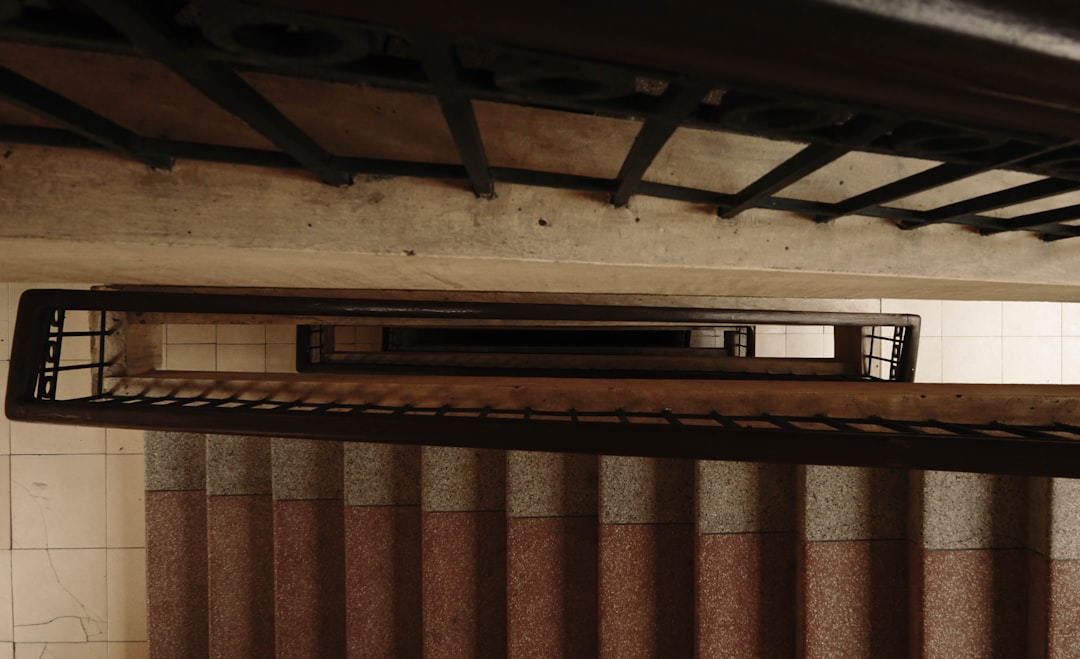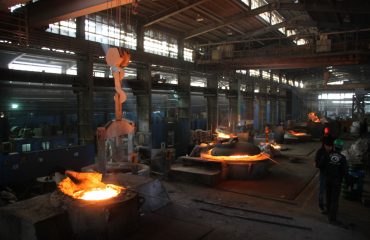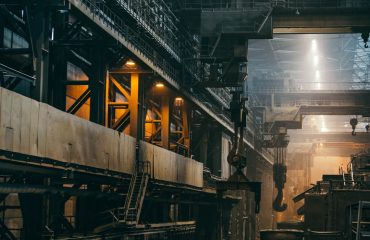In today’s increasingly noisy world, the need for quiet spaces is paramount. Whether you’re a musician needing a pristine recording environment, an industrial facility requiring noise control, or an individual seeking a sanctuary from urban clamor, sound-insulated steel rooms offer a robust and effective solution. This comprehensive guide explores the intricacies of these specialized spaces, from their construction and benefits to cost considerations and choosing the right provider.
The Science Behind Sound Insulation in Steel Rooms
Steel, while often associated with industrial environments, possesses excellent properties for sound insulation when properly engineered. Its inherent density and stiffness effectively block the transmission of airborne sound waves. However, simply building a steel room isn’t enough. Effective sound insulation relies on a multi-layered approach. This involves strategically incorporating sound-dampening materials within the steel structure. These materials, such as mineral wool, acoustic foam, and resilient channels, absorb and dissipate sound energy, significantly reducing noise transmission. The design also considers flanking paths – alternative routes sound can take to bypass the primary insulation. Careful attention to sealing gaps and seams is crucial to minimize these pathways and achieve optimal sound isolation.
Applications of Sound-Insulated Steel Rooms: Beyond the Studio
While recording studios and music rehearsal spaces are common applications, the versatility of sound-insulated steel rooms extends far beyond. Industrial settings frequently utilize these rooms to contain noisy machinery, protecting workers from hearing damage and improving overall workplace safety. They are also increasingly employed in medical facilities for MRI machines and other noise-generating equipment. Furthermore, sound-insulated steel rooms are finding their niche in educational settings for language labs and quiet study areas, providing students with focused learning environments. Even residential applications are emerging, with some homeowners incorporating soundproof steel rooms for home theaters or dedicated workspaces.
Construction and Design Considerations for Optimal Sound Insulation
The construction of a sound-insulated steel room is a precise process requiring specialized expertise. The foundation is critical; it needs to be decoupled from the surrounding structure to prevent sound vibrations from traveling through the floor. The steel framing itself plays a vital role. The use of double-walled construction, with a significant air gap filled with sound-absorbing material between the walls, is standard practice. Doors and windows are particularly vulnerable points; hence, specialized soundproof doors and impact-resistant glazing are essential. Proper sealing around all penetrations, including electrical conduits and ventilation ducts, is paramount to prevent sound leakage. The overall design needs to consider the specific noise reduction requirements and the intended use of the room.
Cost Factors and Budgeting for Your Sound-Insulated Steel Room
The cost of a sound-insulated steel room varies significantly depending on several factors. The size of the room is a primary determinant, with larger rooms naturally costing more. The level of sound insulation required also influences the cost; higher levels of noise reduction necessitate more sophisticated materials and construction techniques. The choice of finishes and interior features, such as lighting and ventilation systems, will also add to the overall expense. It’s crucial to obtain detailed quotes from multiple reputable providers, comparing not only the initial cost but also ongoing maintenance and potential warranty considerations. Remember to factor in site preparation, installation, and any necessary permits. While the initial investment might seem substantial, the long-term benefits in terms of productivity, health, and peace of mind often outweigh the costs.
Choosing the Right Provider for Your Sound-Insulated Steel Room Project
Selecting the right provider is crucial for a successful project. Look for companies with proven experience in designing and constructing sound-insulated steel rooms. Check their credentials, testimonials, and portfolio of completed projects. Inquire about their expertise in different types of sound insulation materials and techniques. A reputable provider will offer comprehensive consultations, helping you determine the optimal design and specifications for your specific needs. They should also provide clear and detailed quotes, outlining all costs and timelines. Don’t hesitate to ask questions and ensure you fully understand the construction process and warranty terms. Choosing a reputable provider will ensure the quality and longevity of your sound-insulated steel room.
Sound-insulated steel rooms represent a significant investment, but the benefits they offer in terms of noise reduction, productivity, and improved quality of life are undeniable. By carefully considering the factors outlined above, you can confidently create a quiet oasis tailored to your specific needs.




